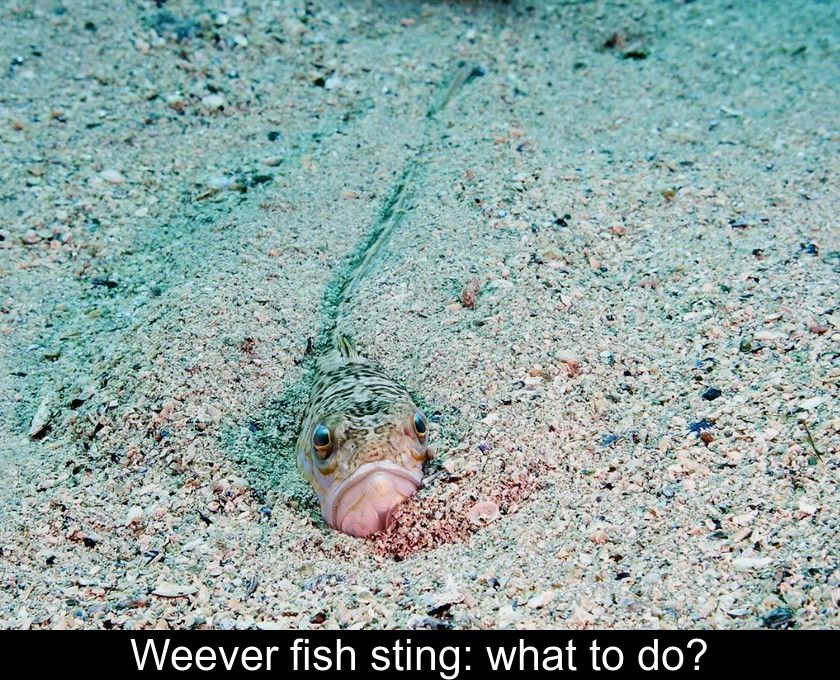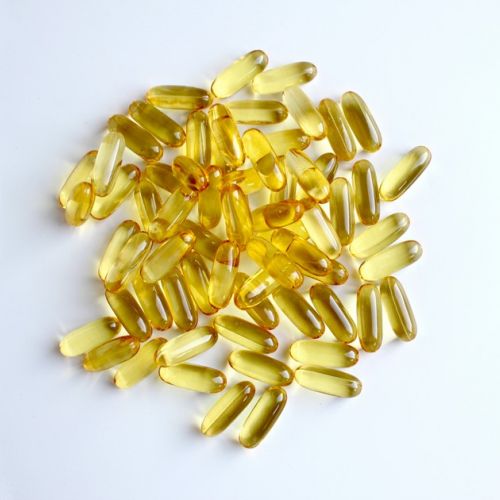Weever Fish Sting: What To Do?
In summer, most swimmers fear jellyfish stings but are unaware of another danger: weever fish. These fish, equipped with formidable dorsal spines, are one of the only venomous fish species found on our coasts. We will explain what to do in case of a weever fish sting.
1- What is a weever fish?
Weever fish are fishes of the genus *Trachinus*. They generally measure 10 to 20 cm in length and have the habit of burying themselves in the sand in shallow waters to protect their eggs. When they are buried, only their eyes and jaws protrude, making them almost undetectable to the naked eye. This is where the danger lies for swimmers...
Indeed, the weever fish, along with the scorpionfish, is one of the few venomous fishes known in Europe. It has very sharp dorsal spines that can sting you, most often on the feet or hands.
Note: weever fish owe their name to their back covered with spines. The word "weever" indeed derives from the vouivre, a mythical creature resembling a bipedal dragon or a winged serpent.
2- How to know if you've been stung by a weever fish?
The weever is not a species with aggressive behavior, but its defense mechanism is very effective. Each year, between 200 and 300 weever stings are recorded in France. This type of incident generally occurs when one steps on this fish or digs in the sand by hand to practice shore fishing or to collect shellfish, for example.
A weever sting first causes severe pain that resembles an electric shock, followed by an intense burning sensation that quickly spreads throughout the affected limb. The skin reddens and swells around the sting site. The pain typically lasts for 48 hours.
More rarely, other symptoms can be observed, such as nausea and vomiting, palpitations, fever, dizziness, or headaches.
3- What to do in case of a weever fish sting?
If you think you have been stung by a weever fish, do not panic. This sting is very painful but not fatal.
Get out of the water to avoid the risk of drowning in case the pain causes you to lose consciousness. Sit quietly to reduce the circulation of venom in the blood and not intensify the pain.
If you are in a supervised swimming area, notify or have someone notify the lifeguards at the rescue station so they can provide you with first aid.
4- How to treat a weever fish sting?
The most useful reflex to relieve a weever fish sting is to expose the stung area to a heat source within an hour of being stung. Indeed, like other species such as wasps, the venom of weever fish is thermolabile. This means it is destroyed upon contact with heat.
In practice, once you are home, you can:
• immerse the stung area in a basin of water at 45°C for about 15 minutes.
• use a hairdryer to warm the stung area and counteract the effects of the venom.
• if you use the end of a cigarette or a lighter flame to relieve the pain, be careful not to burn yourself.
To alleviate the pain, you can then apply ice wrapped in a cloth. Be careful not to put the ice in direct contact with the sting! You can also take a painkiller and an antihistamine if you tend to be allergic.
To limit the risk of complications, do not forget to disinfect the wound.
Finally, do not hesitate to call emergency services immediately if you experience significant dizziness or respiratory discomfort following a weever fish sting.
Here is a quick summary of things not to do. To treat a weever fish sting, you should not:
• rub the wound with sand: this action is useful for jellyfish stings but not for weever fish stings.
• cut the sting point to release the venom.
• suck the wound to extract the venom.
• apply a tourniquet.
• urinate on the sting: not only does this false tip not work, but it increases the risk of wound infection!
5- How to protect yourself from weever fish stings?
It is not easy to avoid weever fish stings because these venomous fish are present along the entire French coastline, from the Mediterranean to the North Sea, including the Atlantic coasts and the English Channel.
The most common species on the beaches is the lesser weever, and it comes to lay its eggs in the sand in spring and summer, when swimmers are most numerous...
The best protection against stings is to wear water shoes with thick soles. Unfortunately, the dorsal spines of this fish are so sharp that they can pierce thin shoes or diving gloves.
Note: In the Mediterranean, weevers are considered one of the best fish for making a good bouillabaisse, but watch your fingers! Even when this fish is dead, its spines remain dangerous. It is advised that cooks handle them with very thick gloves and cut the spines with scissors.







